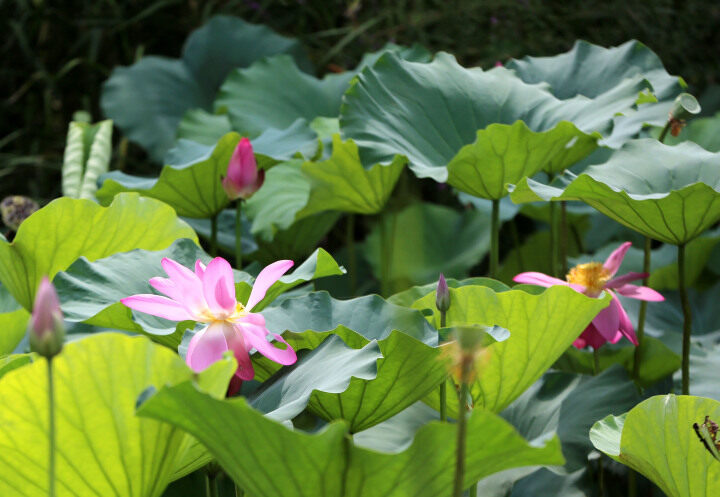Nantong Blue Calico printing and dying
[Video provided to en.nantong.gov.cn]
Nantong in East China's Jiangsu province was a cotton textile base during the Ming (1368-1644) and Qing (1644-1911) dynasties, when its blue calico was popular across the country. According to local historical records, there were as many as 19 hand-dyeing workshops registered with the dyeing and weaving bureau at the time.
Folk artists boldly absorbed traditional designs from paper-cuts, embroidery and wood carvings, which has enriched the patterns of Nantong Blue Calico.
The techniques spread from the south to the north of the Yangtze River, from Suzhou and Nantong to various regions of Jiangsu province, which became the center of the art form. Nantong Blue Calico products have been sold across the country.
Blue calico still retains printing and dyeing skills from the Ming and Qing dynasties. The blue dye is obtained from indigo plants, whose roots are called "isatidis".
After the indigo plant matures, it is cut and placed in a pond, and then fermented to make a black mud-like "dried indigo". It is then put into a dyeing vat and can be used for a long time.
The production process includes pasting paper plates, painting sample, engraving plate, oiling the version plate, cloth scraping, dyeing, scraping ash, consolidating the color, cleaning, and drying.
Nantong blue calico is rich in patterns and auspicious in meaning. It is mainly used for bedding, sheets, package cloth, tent eaves, pillow towels, scarfs, door curtains, and other practical supplies.
During the Ming and Qing dynasties, weaver girls and dyers were found in every local household, and dyeing workshops producing blue calico were scattered throughout every town. After the founding of the People's Republic of China, the dyeing workshops developed into public-private joint ventures and township printing and dyeing factories.
With the approval of the State Council, Nantong blue calico printing and dyeing techniques were listed as a national intangible cultural heritage item in 2006. Nantong was also named the hometown of blue calico.
- Nantong redwood carving





 TRANSPORTATION
TRANSPORTATION EDUCATION
EDUCATION HEALTHCARE
HEALTHCARE USEFUL NUMBERS
USEFUL NUMBERS